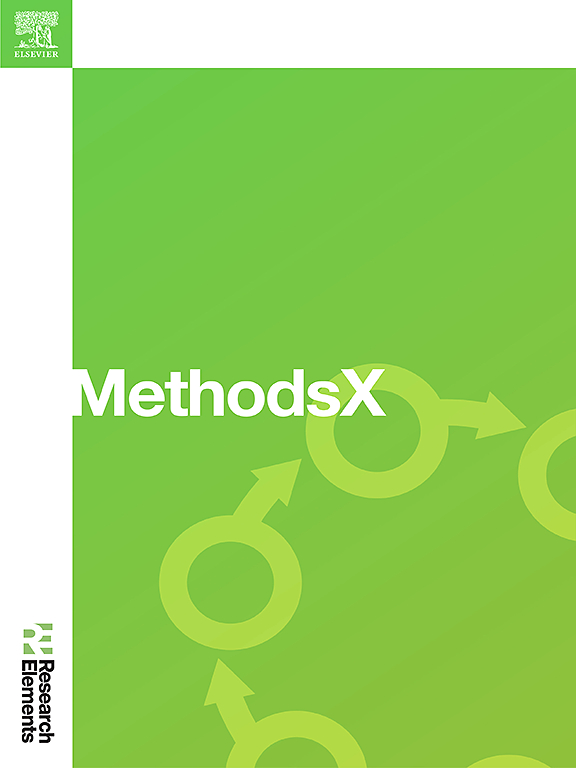构建基于物理学的虚拟冷藏集装箱,在通风包装中装满水果
IF 1.6
Q2 MULTIDISCIPLINARY SCIENCES
引用次数: 0
摘要
我们建立了一个经过验证的基于物理的冷藏集装箱模型,其中装满了通风包装的水果。这个虚拟集装箱模型是一篇关于从南非运往欧洲的柑橘类水果海外运输的论文的模拟基础。该模型用于更好地了解货物如何冷却,以及在这些供应链中食品质量损失的时间和地点。我们用两相多孔介质方法建立了一个计算流体动力学模型,模拟集装箱内的气流和每个水果的冷却过程。从空气动力学角度看,这个容器可以被视为一个槽式通风外壳。我们还模拟了水果的热驱动质量损失。与大多数现有的基于物理的冷藏集装箱模型相比,使用两相多孔介质方法来处理通风货物和模拟温度驱动的水果质量演变是向前迈出的两步。我们验证了多孔介质模型的实现。我们为货物中的每种水果定义并应用了可操作的指标,如到达后的剩余保质期和八分之七的冷却时间。本文章由计算机程序翻译,如有差异,请以英文原文为准。

Building a physics-based virtual refrigerated container filled with fruit in ventilated packaging
We build a validated physics-based model of a refrigerated container filled with fruit in ventilated packaging. This model of a virtual container is the basis for simulations in an accompanying paper on citrus fruit shipped overseas from South Africa to Europe. The model is used to understand better how the cargo cools and when and where food quality is lost in these supply chains. We build a computational fluid dynamics model with a two-phase porous media approach that simulates the airflow in the container and the cooling process of every fruit. This container can be considered aerodynamically to be a slot-ventilated enclosure. We also model the fruit's thermally-driven quality loss. Using a two-phase porous media approach for the ventilated cargo and modeling temperature-driven fruit quality evolution are two steps forward compared to most existing physics-based refrigerated container models. We validate the porous media model implementation. We define and apply actionable metrics for every fruit inside the cargo, such as remaining shelf life upon arrival and seven-eighths cooling time.
- •This model can help reduce food loss and increase supply-chain resilience.
- •This model is an essential building block of a refrigerated container’s digital twin.
- •This model can support stakeholders in improving cargo temperature control and resulting fruit quality preservation.
求助全文
通过发布文献求助,成功后即可免费获取论文全文。
去求助
来源期刊

MethodsX
Health Professions-Medical Laboratory Technology
CiteScore
3.60
自引率
5.30%
发文量
314
审稿时长
7 weeks
期刊介绍:
 求助内容:
求助内容: 应助结果提醒方式:
应助结果提醒方式:


